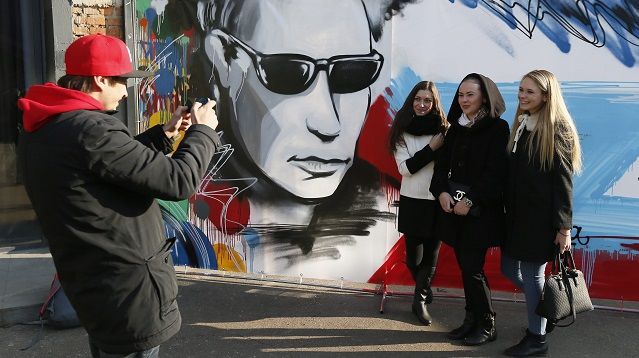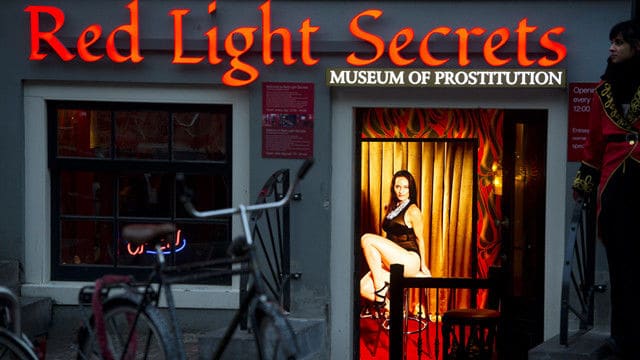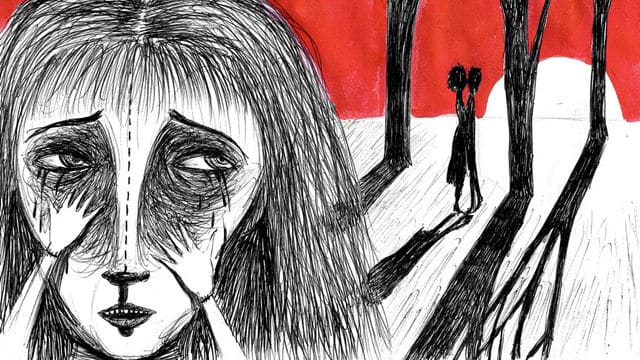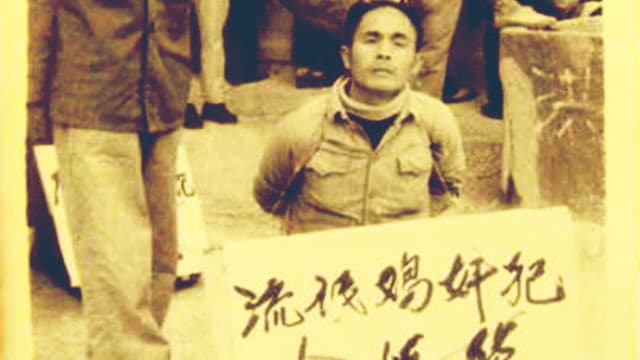By Zhang Wen
2014-11-04 (Special Contribution for helanonline.cn)
Sustained low international oil prices appear to be softening President Vladimir Putin’s “strongman” image. Speaking at the Valdai International Discussion Club in Sochi on October 24th, Mr Putin struck a tone that seemed a world away from his assertiveness earlier in the year. Russia, he stated, is not seeking superpower status nor does it wish to rebuild an empire. He added that Moscow has no plans to form blocs, undermine the sovereignty of its neighbours, demand a special, exceptional global status, and that it respects the interests of other nations, hoping instead for a more stable world order.
Russia has faced Western sanctions over its interference in Ukraine’s sovereignty. The sharp decline in global oil prices has further compounded the economic woes of a nation heavily reliant on oil and gas exports for foreign currency. This has led to capital flight and a continuous, steep fall in the rouble. The exchange rate against the US dollar plummeted from 34:1 in July to below 40:1 by early October, recently breaching the 43:1 mark.
Theories abound regarding the cause of the current oil price slump, with debate largely centring on alleged conspiracy versus supply and demand dynamics. Many Russian media outlets, and President Putin himself, subscribe to the conspiracy theory. Proponents suggest the recent precipitous drop is an orchestrated plot by Saudi Arabia and the United States, aimed at intensifying sanctions against Russia by damaging its economy to force Mr Putin into concessions. Conversely, those citing supply and demand argue the decline is not simply a conspiracy but is determined by oil market fundamentals. They point to sluggish economic growth in Europe, a slowdown in Asia’s economic expansion leading to reduced energy demand, growth in global oil production, and a strong US dollar as factors depressing prices.
Regardless of the cause, the plunge in international oil prices undoubtedly poses a significant problem for Russia, whose fiscal revenue is severely dependent on crude oil and natural gas exports. According to Russian media reports, oil and gas revenues account for approximately half of the state’s budget. Russia’s budget for the current year was predicated on an oil price of $93 per barrel, while the budget for the next three years assumes a price of around $100 per barrel. Estimates from various institutions suggest that a drop from $100 to $80 per barrel could reduce Russia’s GDP by about 2%, dealing a heavy blow to its already struggling economy.
In response, Mr Putin’s strategy involves utilising Russia’s substantial foreign exchange and gold reserves. Russia holds approximately $500 billion in foreign reserves; interventions to support the rouble have already seen these shrink to $456.8 billion, an 11% decrease since the end of 2013. However, Mr Putin recently stated unequivocally that Russia would not exhaust all its foreign reserves defending the rouble.
Yet, should international oil prices remain low for an extended period, the “Russian Bear” could indeed risk a repeat of the Soviet Union’s nightmare. The Soviet collapse was primarily due to internal factors, but external pressures, including falling crude oil prices, played a significant role.
In early 1971, international oil was priced at just $1.80 per barrel. By early 1973, it had risen to $2.95, and by the year’s end, it surpassed $12. In 1975, Soviet oil production exceeded that of the US, and by 1979, it became the world’s largest oil producer. During this period, buoyed by increased production capacity and firm oil prices, the Soviet Union amassed vast quantities of petrodollars from the international market. Combined with the formidable might of the Red Army, the world’s largest country became exceptionally powerful, expanding its influence and engaging in Cold War confrontation with the United States.
In 1981, international oil prices remained strong, at one point reaching $39 per barrel. As the world’s leading oil producer, the Soviet Union largely disregarded OPEC’s production limits, with its output increasing annually. After Ronald Reagan entered the White House in 1981, the US implemented a strategy to contain the Soviet Union: firstly, by proposing the Strategic Defense Initiative (the “Star Wars” program), drawing the USSR into an accelerated arms race to economically drain its national strength; secondly, by pressuring OPEC to increase production, thereby keeping world oil prices low and cutting off the funding source for the Soviet arms race, ultimately aiming to cripple the Soviet economy.
In 1985, under US influence, Saudi Arabia, accusing the Soviet Union, Mexico, and other oil-producing nations of unrestricted drilling, decided to abandon OPEC price defence, rapidly increasing its production to reclaim market share. Saudi oil exports surged from under 2 million barrels per day to approximately 6 million, reaching 9 million by the end of 1985. Other oil-exporting nations followed suit. This caused the Soviet Union to lose over $10 billion in hard currency virtually overnight – almost half its hard currency earnings.
World oil production soared, and by 1986, prices had plummeted to just $12 per barrel, remaining below $20 until 1990. Calculations at the time indicated that for every $1 drop in the price of oil per barrel, the Soviet Union’s annual foreign exchange income would decrease by $500 million to $1 billion. As natural gas prices were linked to oil, Soviet revenue from gas exports also fell by billions of dollars.
By the mid-1970s, while becoming the world’s largest oil exporter, the Soviet Union had also become the world’s largest importer of grain and food. Despite its “life-and-death” ideological struggle with the West, the USSR was deeply enmeshed in the Western-dominated international trading system. By the 1980s, over half of Soviet foreign exchange earnings came from oil exports, while more than half of its foreign exchange expenditure went on importing grain and food. Consequently, the Soviet Union’s economic condition was directly dependent on fluctuations in world oil and grain prices, and on global demand for these commodities.
Essentially, the USSR of the 1980s had become a relatively underdeveloped nation reliant on oil exports to pay for food imports. Its industrial system was entirely subservient to the military-industrial complex, resulting in a profoundly imbalanced economic structure. By the time of Gorbachev’s reforms, the Soviet Union was trapped in a vicious cycle of increasing oil production to maintain petrodollar revenues. Its economy suffered from structural imbalances and outdated industrial technology. By the early 1980s, the Soviet economy was characterised by an extreme focus on military production. Military goods constituted over 60% of machine manufacturing output, and military expenditure accounted for 23% of GDP. By the late 1980s, these figures had risen to 80% and 28% respectively.
Falling oil prices exacerbated the Soviet Union’s economic woes, contributing to the failure of Gorbachev’s political and economic reforms. The dramatic changes in Eastern European socialist countries in 1989 were followed by the dissolution of the Soviet Union in 1991, bringing an end to the Cold War.
The events of over three decades ago appear to be echoing today. Mr Putin’s “imperial dream” may prove elusive. Clearly, he is unwilling to concede defeat. Strengthening cooperation with China has become Russia’s apparent lifeline. On May 21st this year, the Chinese and Russian governments signed a memorandum of understanding on the Eastern Route natural gas project, and China National Petroleum Corporation (CNPC) and Russia’s Gazprom signed a sales and purchase contract for gas supplies via this route.
Furthermore, the Chinese government agreed to an advance payment to Russia of $25 billion. This “emergency fund” plays a crucial role in balancing the Russian government’s finances. However, China now bears the risk of losses resulting from falling international oil prices. If prices continue to decline, China’s losses will mount, a situation already drawing considerable domestic criticism.
(Special column. May not be reproduced without permission. This article does not represent the views of helanonline.cn.)







